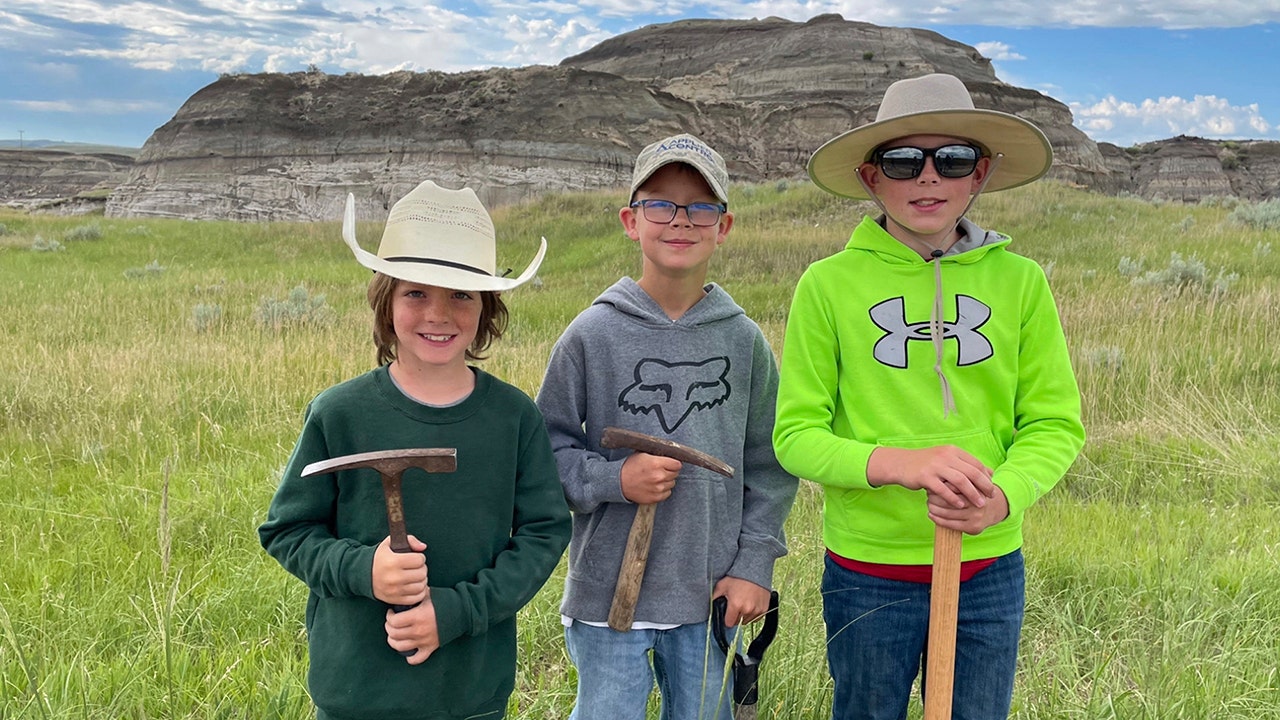Several months ago, I had an opportunity to tour one of these new shelters. Peace House opened in the fall of 2019 in Park City, Utah, with an explicit mission to be as public as possible. It takes steps to advertise its location, even optimizing the language on its website to make it easy for search engines like Google to find. A large sign out front announces both organization and address in large blue letters. It sits on a frontage road just off I-80.
As Kendra Wyckoff, the executive director, showed me around, she told me a story of how she’d come to work one morning to find a woman waiting in her car in the parking lot; she was fleeing her abusive partner, driving across the country, and had found Peace House through an internet search. Ms. Wyckoff got her inside — a shower, a meal, a rest — and in the morning she was on her way with a handful of gas cards and a shelter address for the next night. This kind of accessibility to a virtual stranger is highly unusual. Ms. Wyckoff said she used to answer a domestic violence hotline on which callers would ask if they were going to be stuck in a warehouselike space, or if they’d have shared bathrooms. It occurred to her that the secrecy of shelters worked both ways: It kept the public from knowing about them, but it also kept victims from services.
Today’s very public Peace House is the brainchild of Jane Baker Patten, the former executive director. Before this new building, Peace House was a tiny red house with five bedrooms, three bathrooms and a maximum capacity of 15 people.
As demand outgrew the building, Ms. Baker Patten realized it was an opportunity to rebuild not only physically, but also philosophically. She asked herself: What barriers existed to escaping abuse? What would safety look like in a place where you could entertain family and friends? A place you could disclose the address of on a job application? She spoke to community leaders, school officials, police, attorneys. She looked at models like the Ronald McDonald House and the YWCA. At the same time, in one conversation after another, Ms. Baker Patten realized that the tiny red house, far from being undisclosed, was known to just about anyone she asked. What was all the secrecy really doing beyond cutting victims off from anyone and anything they’d known?
It turns out she was on to something. In a 2020 report on open shelters, researchers concluded that “there is no longer a clear connection between a secret and inaccessible shelter location and the safety of survivor-residents.” In fact, the report noted, public shelters meant neighbors could help facilitate safety, advocates could partner with outside agencies to offer more programming, and informal support networks for things like child care and social engagements could continue. Far from putting survivors in danger, the report concluded, open shelters were in some ways more deliberate than secret ones about taking precautions around physical safety; at the same, the researchers wrote, “they were able to provide survivors with an invaluable benefit: greater social connectedness.”






